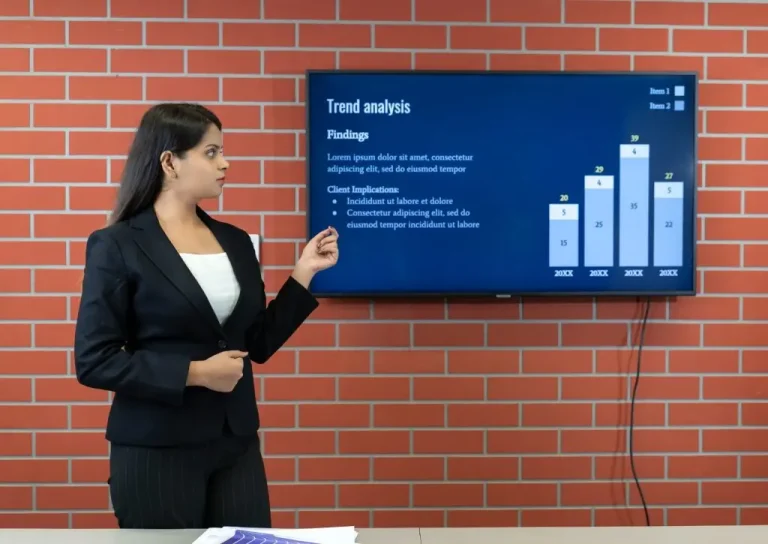When ― and How ― Your Company Should Take a Stand
Two well-known DE&I experts offer a framework for deciding which issues to address in a new book
Audiences know authentic messaging when they hear it, and some in particular (looking at you, Gen Z) are relentless in their critiques of corporate response. Corporate communications on social justice issues should be intentional, authentic, and executed only after setting and satisfying strategic criteria for response. That’s the right way to step in. The wrong way to step in is by making statements just to avoid being accused of silence (because sometimes silence is golden).
And the bottom line is this: A company will not sustain an issue that is not connected to who they are, what they believe in, or what they do. Companies need not hesitate to engage in social justice causes that fit, causes they can speak to with credibility, and causes they can advance. What companies should avoid is performative communications.
The opposite of performative communications is transformative communications: authentic dialogue that actually moves the needle positively on a given issue. Transformative communications require selective consideration, entering a social dialogue, rather than just initiating a corporate monologue, and communicating with depth. Transformative communications bring the power, might, and potential of the business world into the service of changing things. Transformative communications is what The DEPTH Model seeks to operationalize.
Looking Critically
The DEPTH Model allows us to look critically at the things we choose to stand on. It poses a series of questions about what we’re going to do, why we’re going to do it, and how we will talk about it. It helps us make better commitments because it helps us delineate between what we should or shouldn’t be stepping into in the first place.
As communicators, we often just know when something is wrong. Maybe we don’t know why at the time, but our stupid sh* t-o-meter is always on high alert. Problem is, when the issue has something to do with DE&I or social justice, our own bias may hinder our professional intuition. And often, we must justify any hesitancy amid clamoring for a company response, either from a single executive or a mass of employees, whether they are higher or lower on the org chart.
An objective model that can be applied consistently provides a specific, repeatable, defensible way to identify fight or flight issues. We can use the DEPTH Model whenever we create communication that in any way tiptoes around or into the DE&I or social justice space. It’s handy for proactive, strategic communications planning, and for when a crisis occurs.
Decision-making tool
At its highest and best use, The DEPTH Model encourages introspection. It slows the communication roll. It encourages you to think about what you’re going to say or do. And it serves as a team decision-making tool.
But when time is tight and you must be right, the DEPTH calculator helps you take a stand and support your position. A much shorter analysis, coupled with a scale for measuring the results of that analysis, the DEPTH calculator minimizes the likelihood of saying stupid sh* t when you need to make a quick decision about whether or not to communicate on a sensitive issue. The scale works with the full model, too.
Analyze the Issue
Deliberate: Do we have a clear, articulable goal for stepping out on this?
Educated: Do we know all we need to know about this?
Purposeful: Does this align with our mission and vision?
Tailored: Is this an issue that we can move the needle on—uniquely?
Habitual: Is this something we have talked about before or intend to address going forward?
Calculate DEPTH
For each attribute, assign a number from 1 to 10 (with 10 being the highest) that represents the strength of response. Then average the numbers to get a score.
Janet M. Stovall is the founder and CEO of Pragmatic Diversity. Kim Clark is the founder and CEO of Kim Clark Communications. This is an excerpt from their new book “The Conscious Communicator: The Fine Art of Not Saying Stupid Sh*t,” available on Amazon.com.
Contact our client team to learn more about how we can help you with your communications. Follow RCG on LinkedIn and subscribe to our weekly newsletter here.







